Rennie Mackintosh's links with a little Fife church
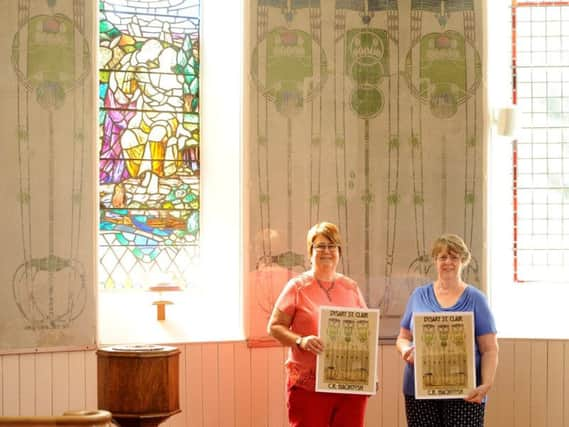

And although the majority of the events will take place in Glasgow, Fife will be joining the party with a banner stencilling workshop in the Dysart St Clair Church.
The church in the West Port has a strong link with Mackintosh through the wall panels which were discovered around the building during renovation work in 2003.
Advertisement
Hide AdAdvertisement
Hide AdThe striking feature was almost lost for good due to a lack of knowledge over their existence!
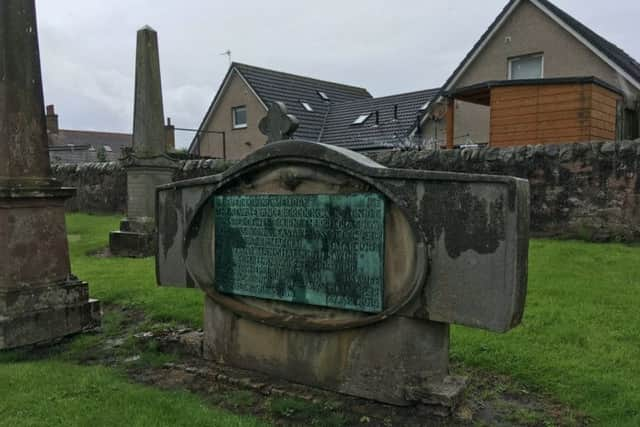

It was only thanks to an astute member of the Dysart congregation who was browsing in the National Library of Scotland when she came across a photograph of a Mackintosh design in a German art magazine.
The image was captioned as being from a Scottish church, with no more information given, but the lady immediately recognised the picture as being of the inside of her church from the distinctive layout and design of the window arches and the curved walls.
Although older members of the church had been asked about the existence of the Mackintosh panels, none of them could recall seeing them.
Advertisement
Hide AdAdvertisement
Hide AdThe tale of the panels may have ended there, with the belief that their existence from a century before must have been obliterated by countless coats of paint.
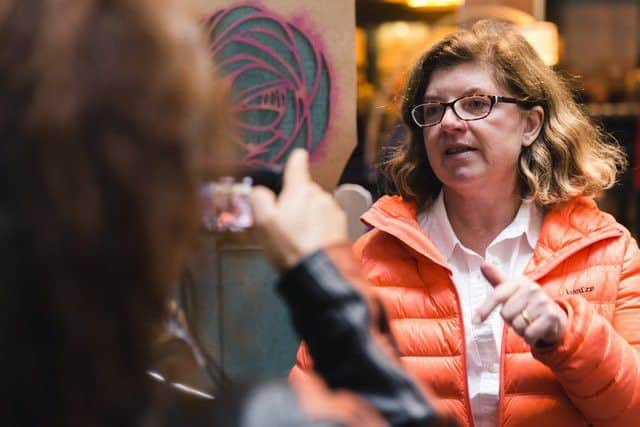

However when plans were drawn up to carry out repairs and alterations to the church in 2003, with disabled access proposed near to where the mural was said to have been, forward-looking members of the congregation approached the Charles Rennie Mackintosh Society in Glasgow.
The existence of the Mackintosh panels had been well-documented, but it was believed they had perished.
The Society sent Alan Ferdinand, a specialist conservation surveyor, out to have a look and he set about a painstaking investigation.
Advertisement
Hide AdAdvertisement
Hide AdThe first ‘scraping’ of the walls took place on June 2, 2004, when Mr Ferdinand revealed evidence that the mural was still there – hidden beneath around 18 coats of paint!
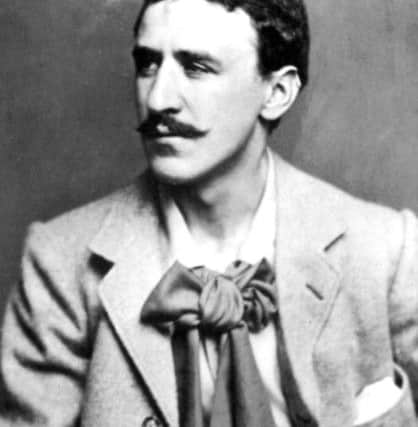

Then began years of detailed, intricate and delicate uncovering of the designs – much of the work being done using a fine-tipped scalpel to reveal the beautiful mural which had not seen the light of day for the best part of a century.
The complex stencilled design in shades of pale blue, green and black shows the dove of peace and the tree of knowledge with three rings depicting good, evil and eternity, similar to the pulpit which Mackintosh had designed for Queen’s Cross Church in Glasgow.
Funding for the project came from public bodies, charities and individuals, but importantly, the work on the first panel was completely funded by the Dysart congregation.
Advertisement
Hide AdAdvertisement
Hide AdTo date two large panels and two small ones have been uncovered and conserved behind specially designed transparent panels.
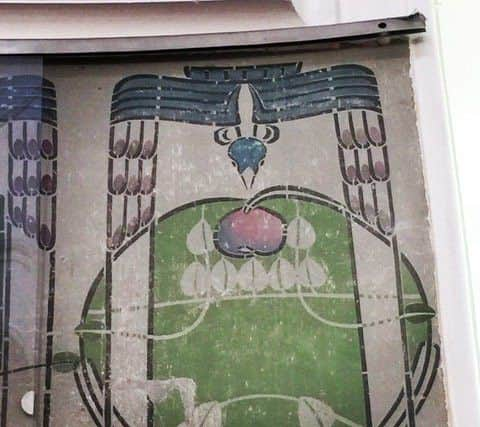

Experts have deemed them “an extremely important discovery,” with the designs from Mackintosh’s most creative period in the early 1900s.
At the time of its rediscovery, Rev. Tilly Wilson, the then minister of the church described it as a moving event.
“A past generation commissioned it to the glory of God and as a visible witness of their faith.
Advertisement
Hide AdAdvertisement
Hide Ad“They didn’t just put it there as a nice decoration: they asked Mackintosh to represent the three of knowledge and the dove of peace to express their Christian faith.”
In celebration of the Charles Rennie Mackintosh Festival, Dysart St Clair Church is hosting The Big Banner stencilling workshop on Sunday, October 1, from 12.30-4.30pm. The workshops will be led by Elisabeth Viguie-Culshaw a Glasgow based stencilling artist with 25 years of expertise with the Mackintosh Heritage.
Elisabeth’s relationship with Dysart St Clair started with research on the murals Mackintosh stencilled there in 1901.


She will run the free drop in event showing visitors how stencilling was done in Mackintosh’s days.
Advertisement
Hide AdAdvertisement
Hide AdThey will learn how to use a stencil based on a Mackintosh design to print on fabric and paper, and take home a sample of their work. They will also have the chance to be involved in recreating a special banner inspired by Mackintosh’s designs for the Willow Tearooms, which will form part of The Big Banner exhibition which will run at the Lighthouse Gallery in Glasgow until the end of October. Information, www.thelansdownehouseofstencils.com.
What drew Mackintosh, whose main work centred around Glasgow, to design the mural for a small church in Fife?
The only other example of his work in the Kingdom is a headstone in Macduff cemetery, East Wemyss.
He may have been friends with Dysart-born Henry Alison who trained, then lectured, at Glasgow School of Art.
Advertisement
Hide AdAdvertisement
Hide AdHowever Eunice Cameron, a Dysart resident and church member, believes it was links to another Dysart artist Thomas Millie Dow, which brought about the project.
She explained: “Dow was born at Orchard Croft in 1948. He was educated in law and expected to follow into the family firm but instead he went to Paris and enrolled for art classes at the École Nationale Supérieure des Beaux-Arts.
“While in Paris he befriended some the Glasgow Boys, including Charles Rennie Mackintosh.
“Mutual respect forged strong friendships, and we can surmise that he and his wife Margaret McDonald were invited to visit Dow’s Dysart home at Orchard Croft in West Port, where I now live and, from there, attend Dysart Kirk.
Advertisement
Hide AdAdvertisement
Hide Ad“Mackintosh produced drawings for the murals in Dysart Kirk and these were completed in 1901. As was usual, the images were cut from stencils and applied to the plaster wall by the decoration firm of Honeyman and Keppie.
“Thomas Dow continued to paint landscapes, flower studies and allegorical works. He exhibited in the Kelvingrove Art Gallery and the Royal Scottish Academy and, after marrying Florence Pilcher in 1891 they moved to St Ives in Cornwall, although he continued to show his work in Scottish Galleries. He died in 1919.”